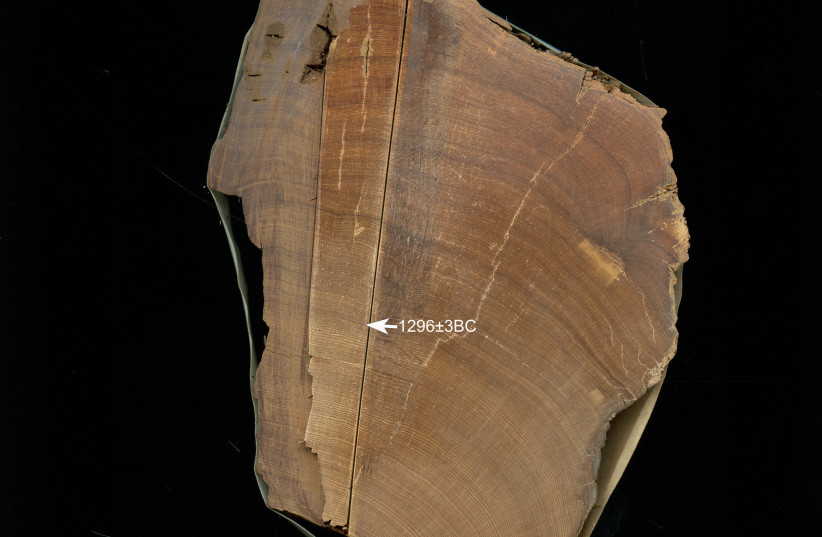Human civilization has, over the centuries, shown a consistent ability to adapt to gradual climate change. Scientists have wondered, therefore, why the mighty Hittite empire, which had survived a myriad of environmental and societal crises, crumbled around 1200 BCE along with several other empires during the Late Bronze Age collapse after three centuries of climate shift toward cooler, drier conditions.
A team of researchers from institutions across the United States examined Juniper trees (Juniperus excelsa and Juniperus foetidissima) recovered from the Gordion archeological site in central Anatolia, just over 200km west of the ancient Hittite capital Hattusa.
In their peer-reviewed study, the scientists proposed that based on data from the tree rings which indicated the trees' growth rates, the region suffered a particularly difficult drought from 1198 to 1196 BCE which contributed to the fall of the Hittite Empire.
Juniper trees and dry weather
The study authors explained that "examination of the tree-ring patterns in the Gordion tree-ring chronology and identification of episodes of substantially reduced growth increments (narrower tree rings)—after removing effects of age-related growth trends and stand dynamics from the series, and in the absence of any indications of fire or insect attack—probably indicates drier years, with extremes marking probable drought episodes critical to agricultural production and subsistence."
By examining the trees and comparing their growth with existing knowledge of the environment in the region at the time, researchers determined that in the 12-year period, 1198 -1187 BCE, at least 6 of the years were unusually dry, and the last three years, 1196-8 BCE, represented an extended period of drought that lasted longer than the empire could have been reasonably prepared for. This drought likely resulted in catastrophic harvest reduction or even complete failure.

"It is the potentially critical vulnerability of established human systems to unexpected and consecutive multi-year extremes, with concomitant combinations of stresses, that can break and overwhelm established adaptations and resilience practices—and greatly amplify the effects of high-risk land management practices and degradative land use," concluded the study authors. "This applies in history as well as the present in the face of current climate change. The probable multi-year major drought that we identify occurring from 1196 to 1198 BC in Anatolia offers a salient example."
